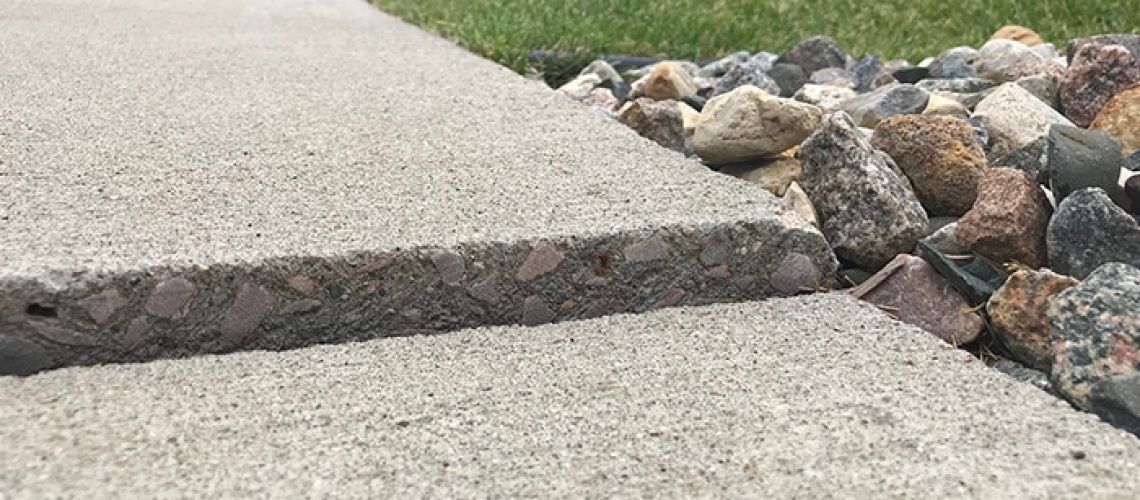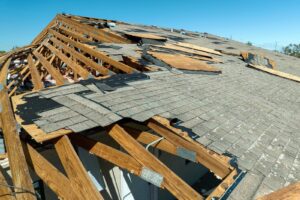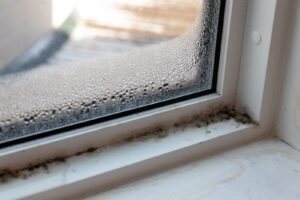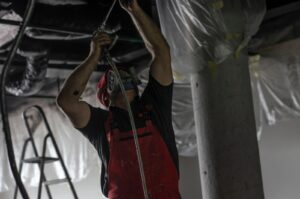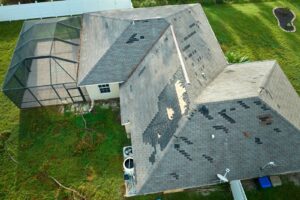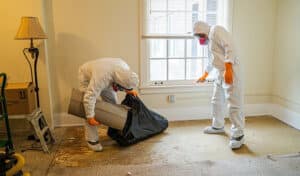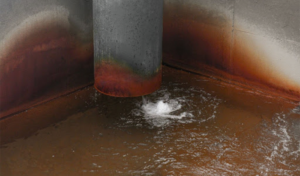It might seem surprising since concrete is fire-resistant, but it’s possible to have fire-damaged concrete. Sure, concrete can survive a small house fire, but have you ever seen a massive building come crashing down from a fire that engulfed the entire place?
Hopefully, you’ll never encounter a fire of that magnitude! But any kind of fire in or near your home can affect the concrete. That’s why it’s essential to know how to clean your concrete. And while you might need some professional help, there are proactive steps you can take to reduce permanent damage.
Today’s blog discusses fire-damaged concrete, from the causes of damage to what you can do to restore your concrete and everything between.
Keep reading to learn more!
What Is Concrete?
In its simplest form, concrete is composed of sand and gravel as the aggregate, with cement and water as the bonding agent. Concrete is used in construction as a structural material for various things, including the foundation of a home or building, a bridge, a parking structure, industrial pavements, etc.
Concrete dates back to ancient times, but it wasn’t as strong then. Its structure has evolved as better materials have become available.
How Does Concrete Get Damaged In A Fire?
Concrete seems indestructible with how strong it is, but it’s not. There are varying levels of damage that concrete can sustain, too. It all depends on how hot the fire was and how long the fire lasted.
Another factor is the aggregate. Some aggregates can withstand fire better than others. Sand and gravel are the two most common kinds of aggregate used when making concrete. It takes a long time for heat to transmit through lightweight aggregates, while it passes through siliceous aggregates much faster.
Thermal diffusivity, conductivity, and the coefficient of expansion also affect concrete.
Thermal diffusivity refers to heat transfer analysis, in which thermal conductivity is divided by density and specific heat capacity at constant pressure. In other words, thermal diffusivity refers to how long it takes for heat to transfer from the hot end to the cold end of the concrete.
Concrete is not a heat conductor; instead, it’s an insulator. But even though concrete isn’t a conductor, heat can still pass through it. Its thermal conductivity is higher in a saturated state than in a dry state, so keeping concrete dry will reduce fire damage.
The coefficient of concrete expansion refers to how much concrete expands or contracts at various temperatures. The expansion or contraction is very small – microstrains per unit small.
Lower temperatures around 120 degrees Celcius will barely affect the concrete. But the hotter the temperature gets, the more likely the concrete will suffer damage. The paste and aggregates will start to crack between 300 to 600 degrees. Temperatures over 1400 degrees can cause the concrete to decompose.
What Fire-Damaged Concrete Looks Like
The hotter the fire, the more it will damage the concrete. The following signs indicate concrete that’s been damaged by fire:
- Color change
- Spalling
- Cracking
Color Change
Color change usually refers to the pink color you’ll see once the concrete has reached an internal temperature of 300 degrees Celcius. This occurs when ferrous salts are found in the cement paste, aggregate, or sand. The more pink the concrete is, the more the heat has permeated it. If a few spots here or there are pink, there’s been minimal effect.
Spalling
Concrete spalls when evaporated water turns to steam, which escapes faster than the concrete can keep up with. High evaporation rates paired with low permeability cement are the perfect recipe for spalling. Spalling doesn’t present much danger, but it is a sign to be aware of heat damage and inspect the concrete.
Cracking
Concrete cracks when tensile stresses show up. Tensile stresses result from concrete being repeatedly heated and cooled down – think of a firefighter repeatedly spraying the fire with water. A crack on the surface could penetrate deeply into the concrete, compromising the structural integrity and requiring professional evaluation.
How to Examine the Damage
You can take several steps to determine how much fire damage your concrete has suffered. To get started, you’ll need a concrete rebound hammer. These hammers are designed to see how much structural integrity the concrete has left by measuring the elastic rebound when a rubber insert impacts the concrete’s surface.
Next, you’ll need to blast the soot living on the concrete’s surface. For larger areas, you’ll use a dry ice mixture or sand. Use a mix of water and Tri-Sodium Phosphate (TSP) for a small space. For the least amount of impact, use dry ice. For super small areas of damage, try the water and TSP combination.
After removing the soot, you’ll want to call in the professionals to ensure that the concrete rebound hammer is accurate and that the area you’re repairing is structurally sound and doesn’t need demolition or reconstruction. You’re better off safe than sorry, as annoying as that might be.
After a professional has inspected the cement, it’s time to apply a surface strengthening bond. This will clean, protect, and seal the concrete against further damage. Sealing the concrete is necessary since heat damage puts big pores in the concrete. Moisture can easily re-damage the concrete.
Call the Professionals at Restoremasters
Does your home have fire-damaged concrete from a recent fire? Are you questioning whether your home is structurally sound? Are you unsure about testing your concrete on your own? We don’t blame you! These are significant concerns that you’ll want to address immediately.
Call Restoremasters today. We have decades of experience restoring homes that have suffered fire damage. We also address smoke and flood damage, sewer backup, and mold removal. We want you to live in your home and enjoy everyday life confidently. There’s no time for fire damage!
So, let us come and repair, renew, and restore your home. Restoremasters is located in Sandy, Utah, serving the greater Salt Lake and Utah County areas. Contact us today to get started! You can call us at 801.948.2478 or through the form on our website.

